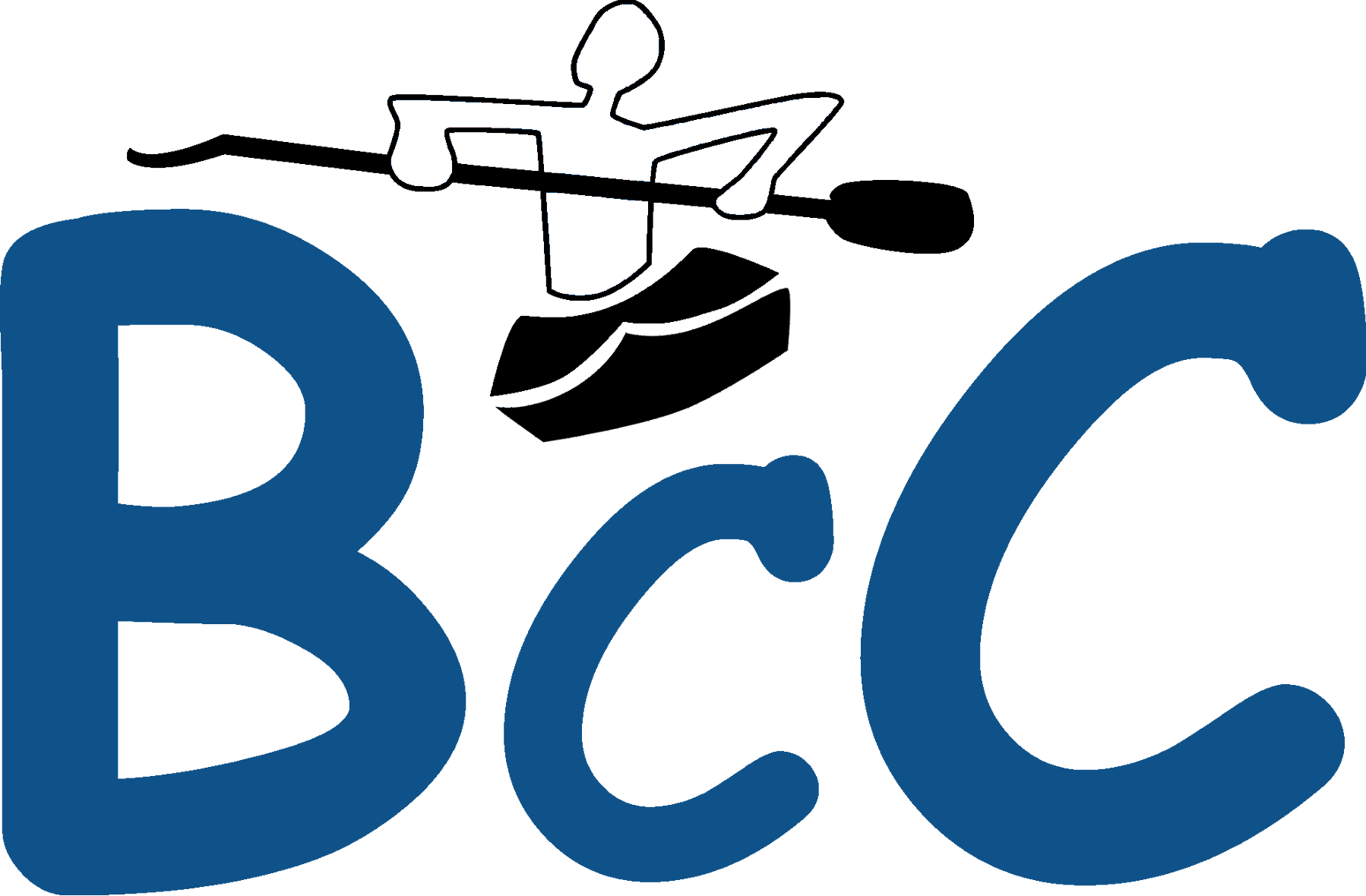What to Aim For
Learning to kayak is a long process. You can’t simply master a few skills and tackle a Class V monster
These five essential skills form the backbone of any newbie’s paddling repertoire:
Remain Calm
The first factor is getting comfortable upside down, where everyone winds up eventually. You have to train your brain that you’re not going to drown, the idea is to go over and just relax. Take a normal breath and, against all instincts, tip the boat over. After that, chill out. Open your eyes and look around at the skinny chicken legs of your kayak instructor, count to 10. You’ll be fine, and though it might not seem like it, you’re honing a vital skill.
Head for the Exit
A wet exit is “almost a non-issue” if you’re used to being upside down. Tuck forward to protect your face, tap on boat’s bottom to alert your paddling partner, and find the cockpit rim. Next, slide your hands forward to the grab loop and pull to release your spray deck. Simply place your hands on the cockpit next to your hips and move the boat off of your body.
Keep ‘er Steady
Brace strokes help prevent flipping in the first place. For a low brace, put the back face of the blade flat on the water using a low shaft angle (knuckles down, elbows up). Tilt the boat on one edge, and then roll it forcefully back to your balance point using your hips. A high brace is similar, except use a high shaft angle (knuckles up, elbows down) and the power face of the blade. Hint: Rest the paddle on the water—don’t press down. The blade and shaft are just reference points from which you roll the boat upright.
Play the Sweeps
To perform this essential turning stroke, “wind up” your torso and touch the paddle blade to your toes. Keep your outside arm straight and your inside arm tucked to your waist. Then simply “unwind” your torso to sweep the paddle in a wide arc, removing it smoothly from the water near the stern. The reverse process (called a reverse sweep) turns the kayak in the other direction using the back of the blade rather than the power face.
Make Forward Progress
To move forward in a straight line, bring the paddle as close to the boat as you comfortably can to minimize the “steering effect.” Grip the paddle fairly loose and anchor the blade at your toes. Point the boat where you want it to go, unwind your torso without bending your elbows very much and remove the paddle without splashing when it’s even with your hip. The bow will move back and forth a little as you take forward strokes, so look up at where you’re going for a “visual anchor.”
